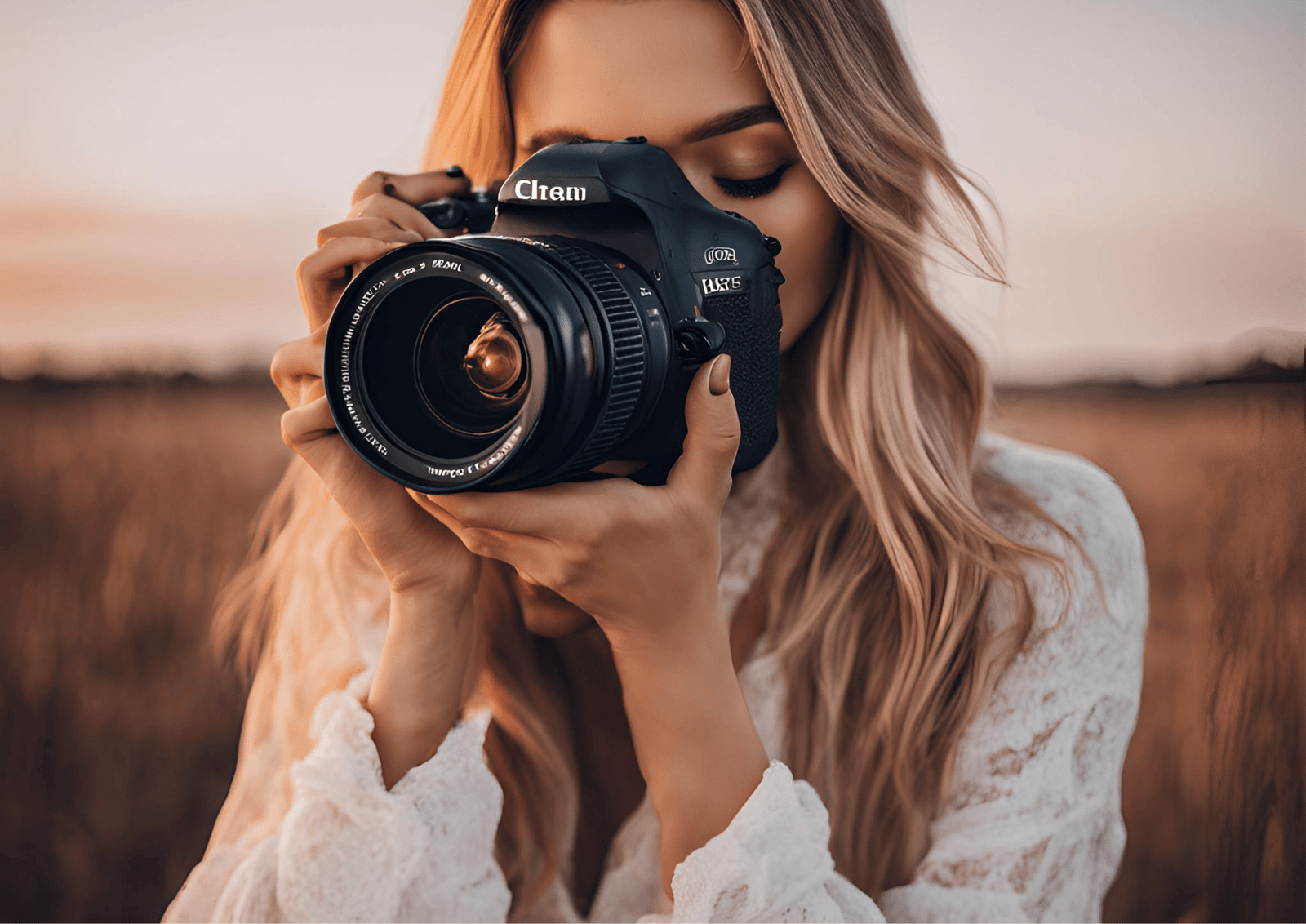
Whether you’re a beginner or a seasoned professional, having the right tools can make all the difference in capturing high-quality, creative images. Here’s a comprehensive list of 20 essential tools that every photographer should consider using to enhance their workflow, improve their results, and streamline their creative process.
1. Camera Body
-
The heart of your photography gear, the camera body is essential. DSLR or mirrorless cameras are popular choices, with options like the Canon EOS R5, Sony A7R IV, or Nikon Z7 providing excellent image quality and customization for various shooting styles.
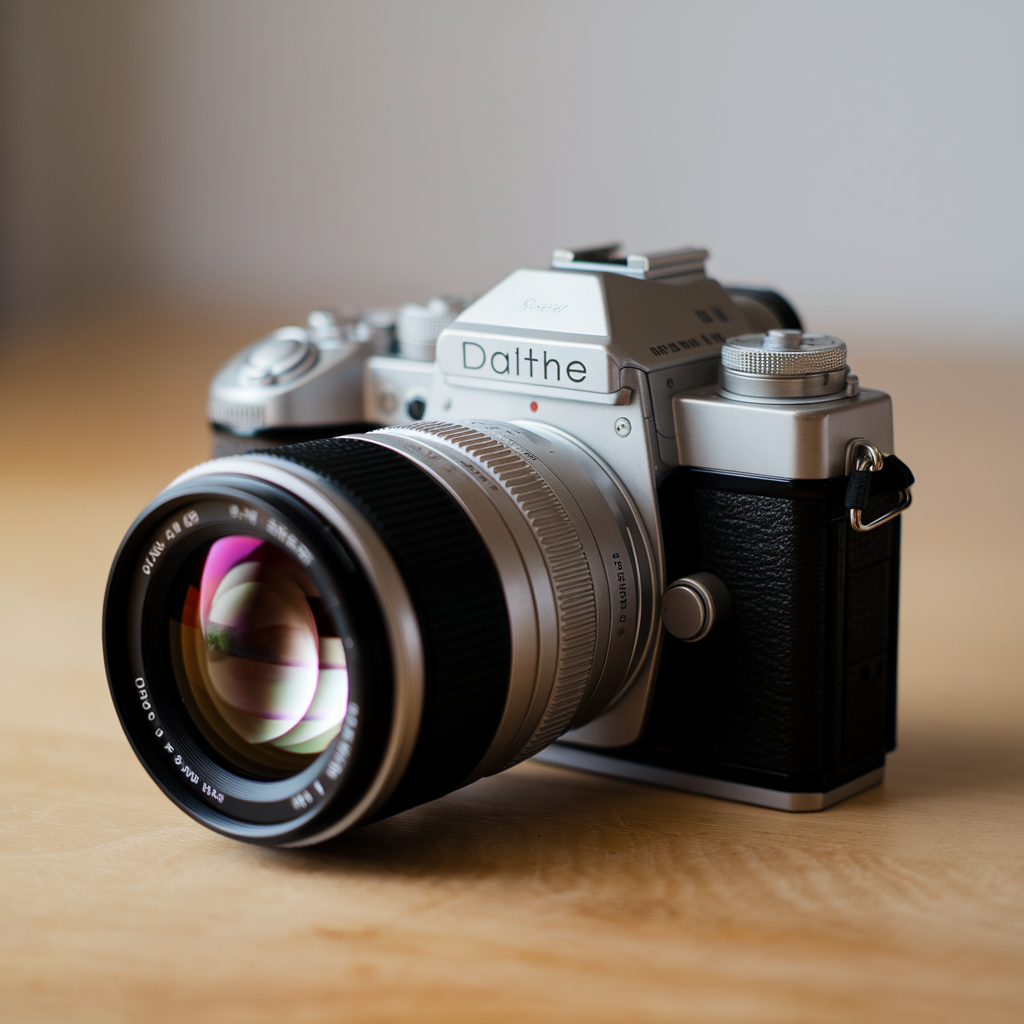
2. Lenses
-
A variety of lenses opens up creative possibilities. Wide-angle, standard, telephoto, and macro lenses each serve unique purposes. Popular options include the Canon 24-70mm f/2.8, Nikon 50mm f/1.8, and Sony 70-200mm f/2.8.
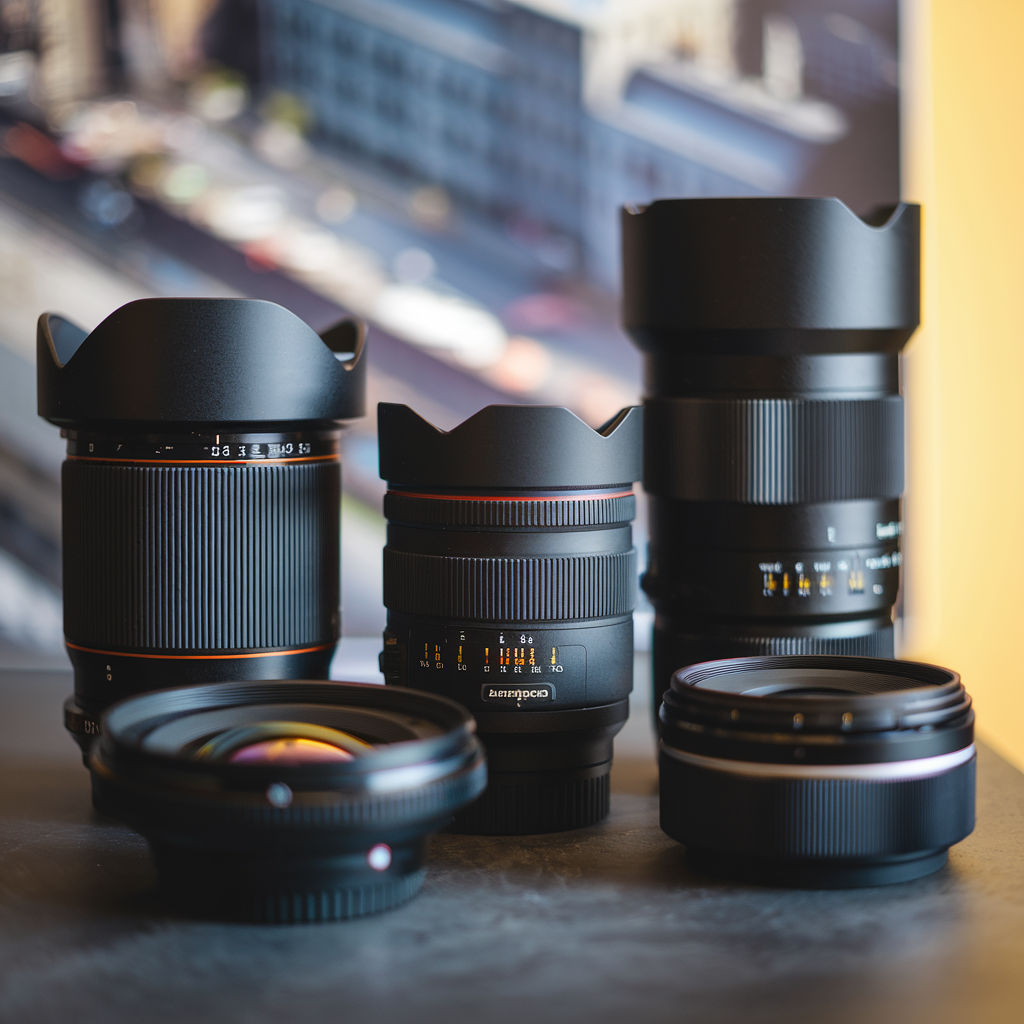
3. Tripod
-
A sturdy tripod is essential for stabilizing your camera during long exposure shots, landscape photography, and in situations where you need extra control over framing. Brands like Manfrotto and Gitzo are known for their reliability.
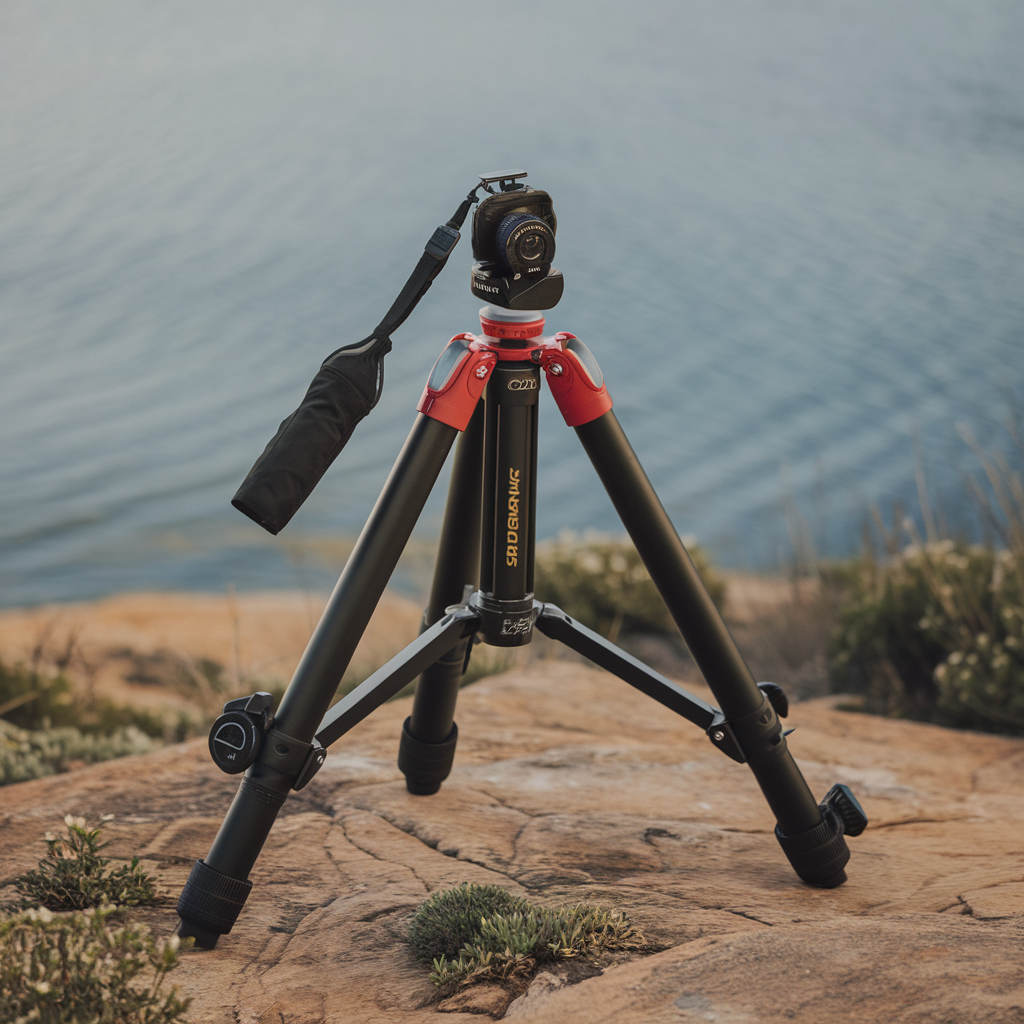
4. External Flash
-
External flashes offer more power and versatility compared to built-in camera flashes. They allow for more controlled lighting in portrait, event, or product photography. Popular models include the Canon Speedlite 600EX-RT and Godox V1.
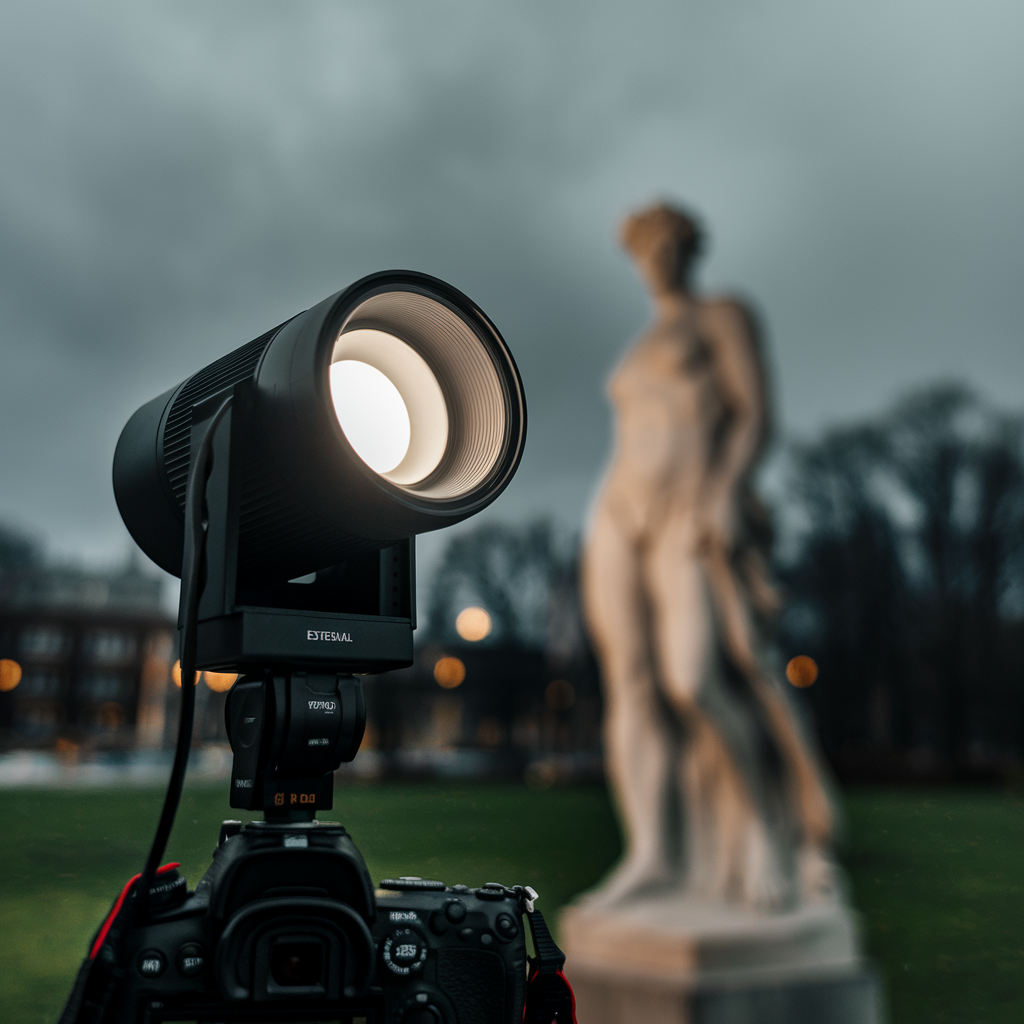
5. Light Modifiers (Softboxes, Umbrellas, and Diffusers)
-
Light modifiers help shape and soften light, reducing harsh shadows and creating a more flattering look. Softboxes, umbrellas, and diffusers are all valuable tools for portrait or product photography.
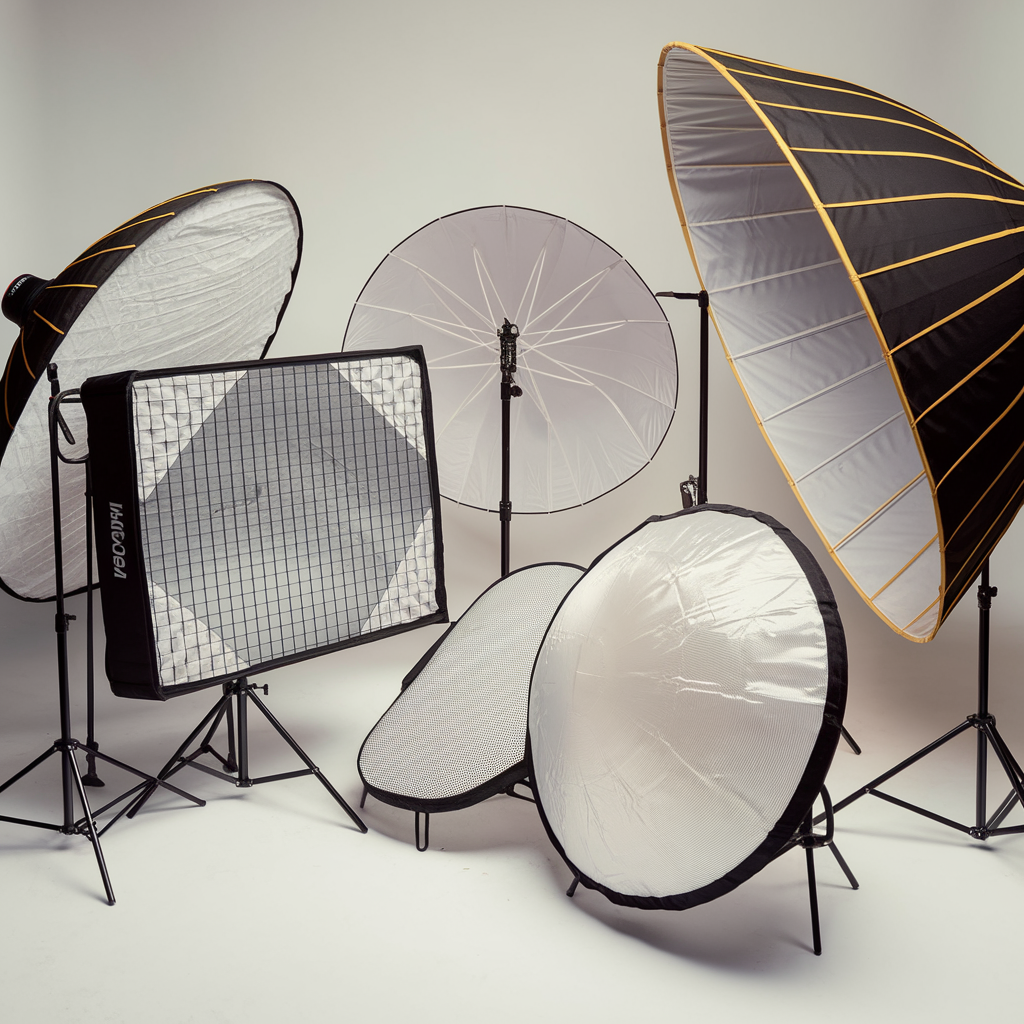
6. Reflectors
-
Reflectors bounce light back onto your subject, filling in shadows or enhancing the lighting. They are affordable and come in various sizes and colors (white, gold, silver, and translucent).
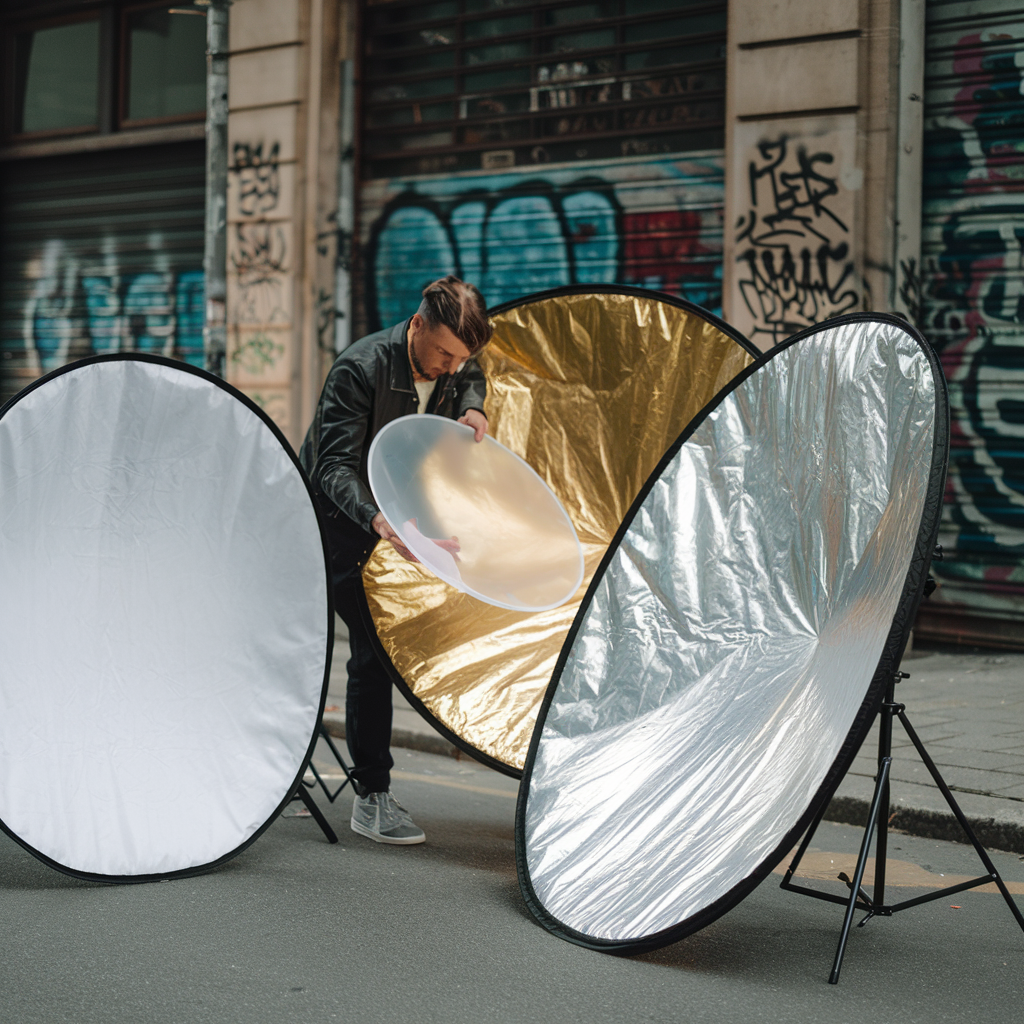
7. Camera Straps
-
A high-quality camera strap can ensure comfort, safety, and ease of use when carrying your gear. Leather straps like those from Hard Graft or Peak Design provide both style and security.
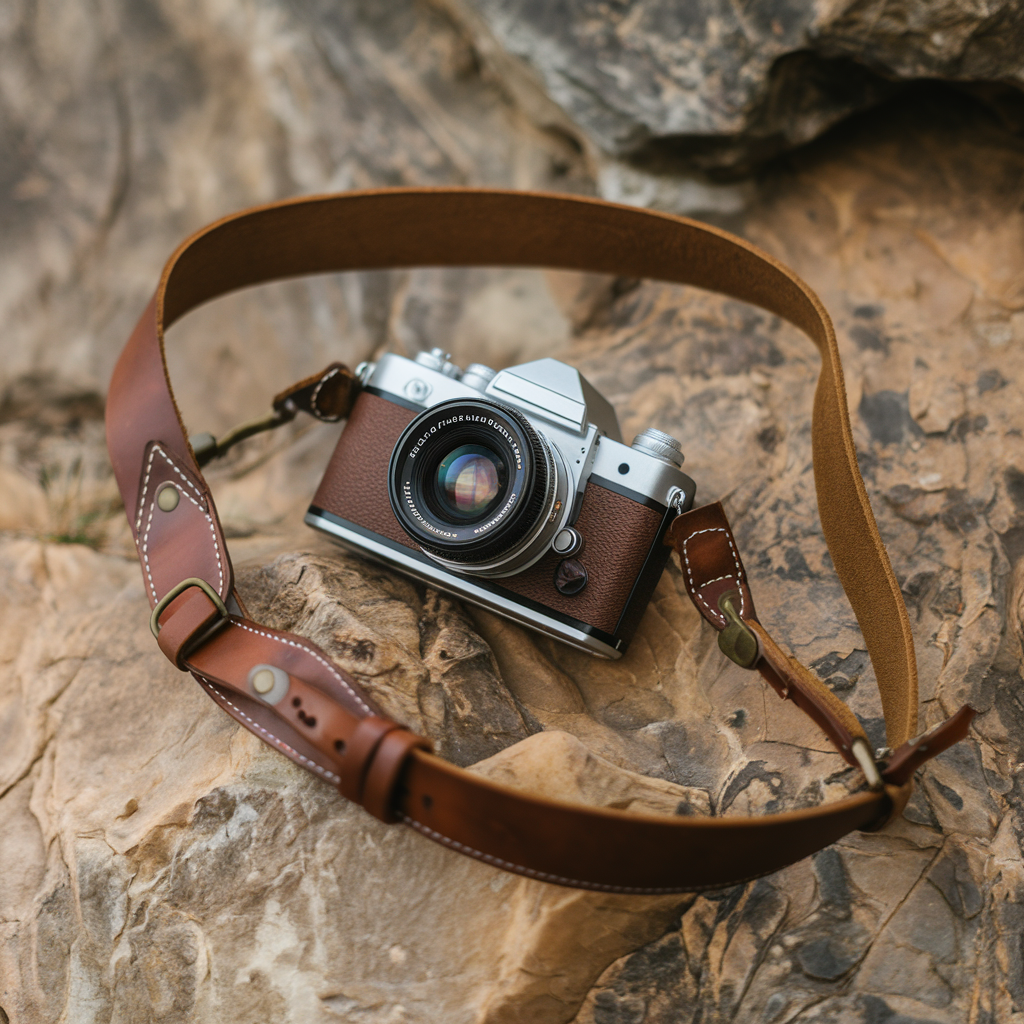
8. Memory Cards
-
Always have multiple high-quality SD or CFexpress cards for storing your images. Brands like SanDisk and Lexar offer fast, reliable cards with large storage capacities for high-resolution images and video.
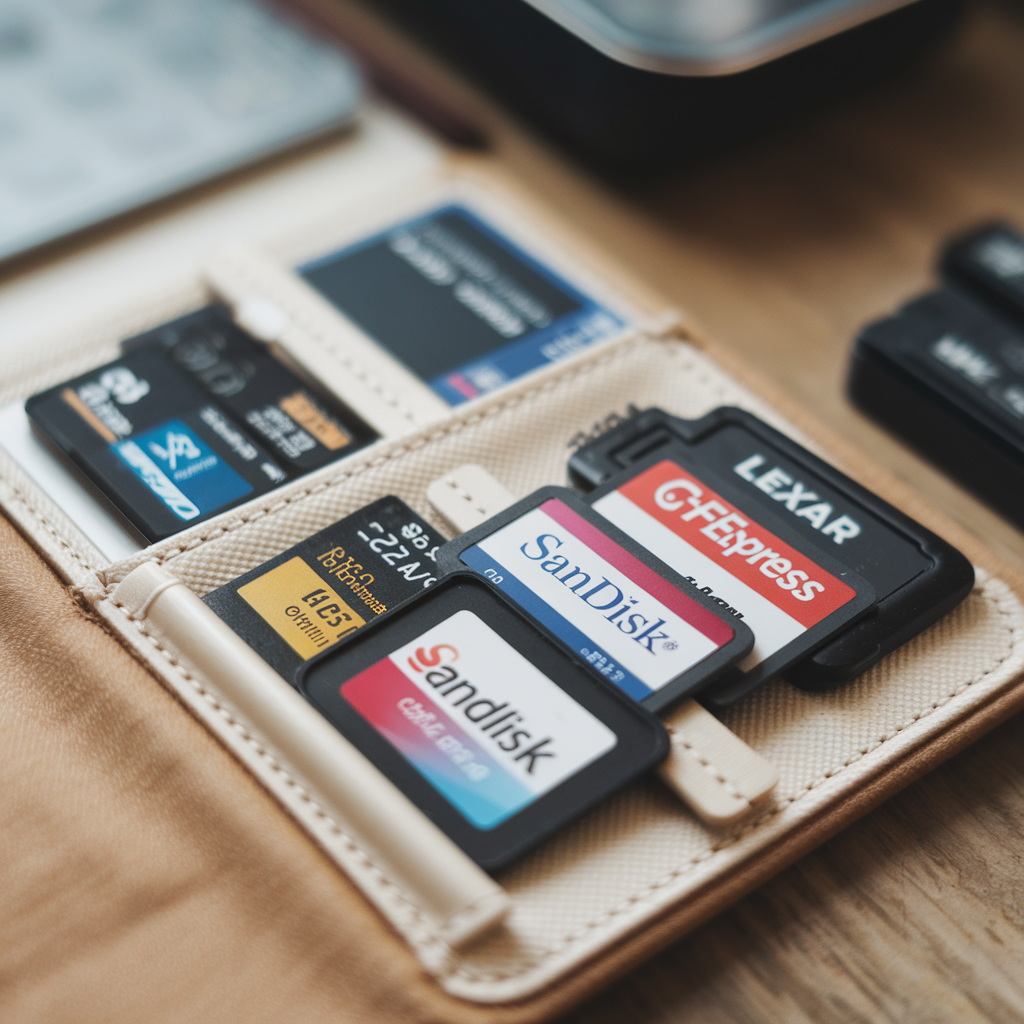
9. Laptop or Tablet
-
A portable device is crucial for editing and reviewing photos on the go. MacBook Pro and Dell XPS 15 are popular options for photographers needing powerful performance for editing and managing large files.
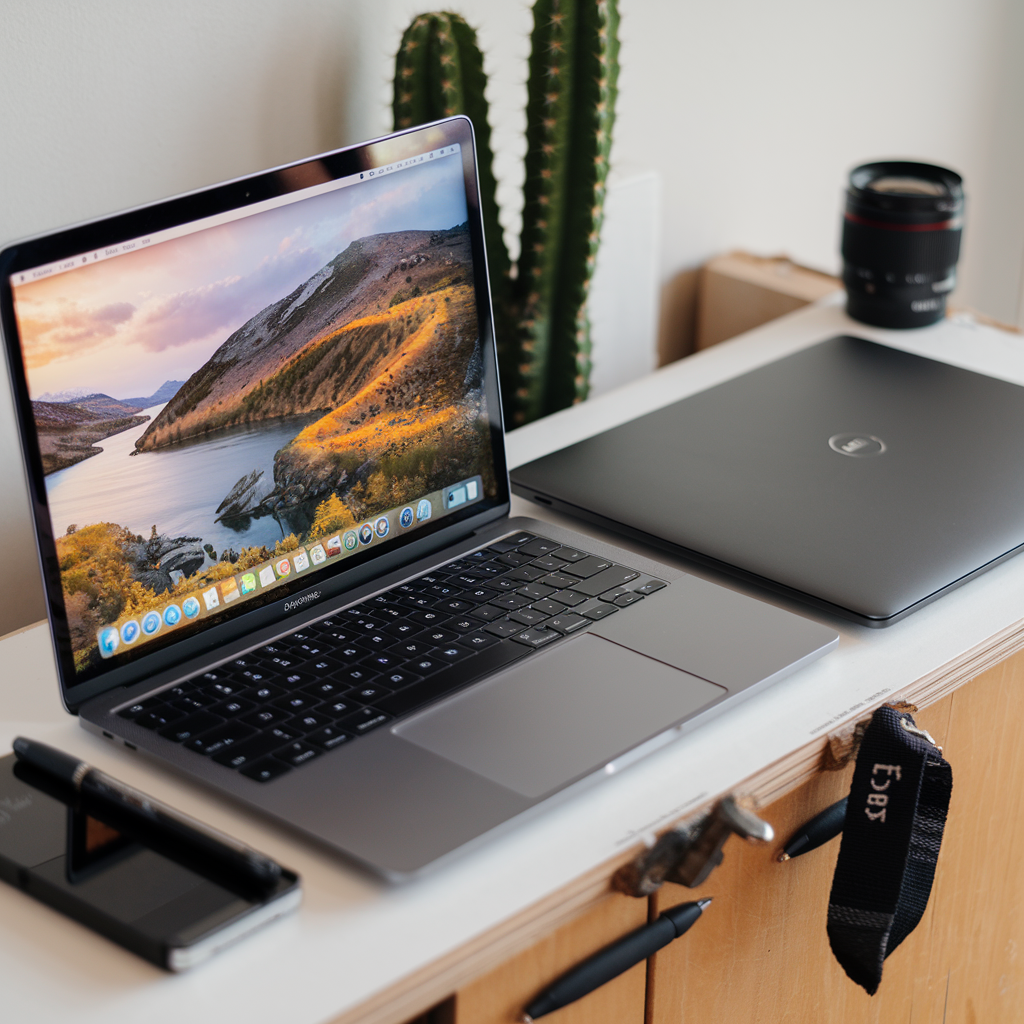
10. External Hard Drive
-
Backing up your images is a must. An external hard drive like the Western Digital My Passport or LaCie Rugged Drive ensures that your data is safe, even if something happens to your primary storage.
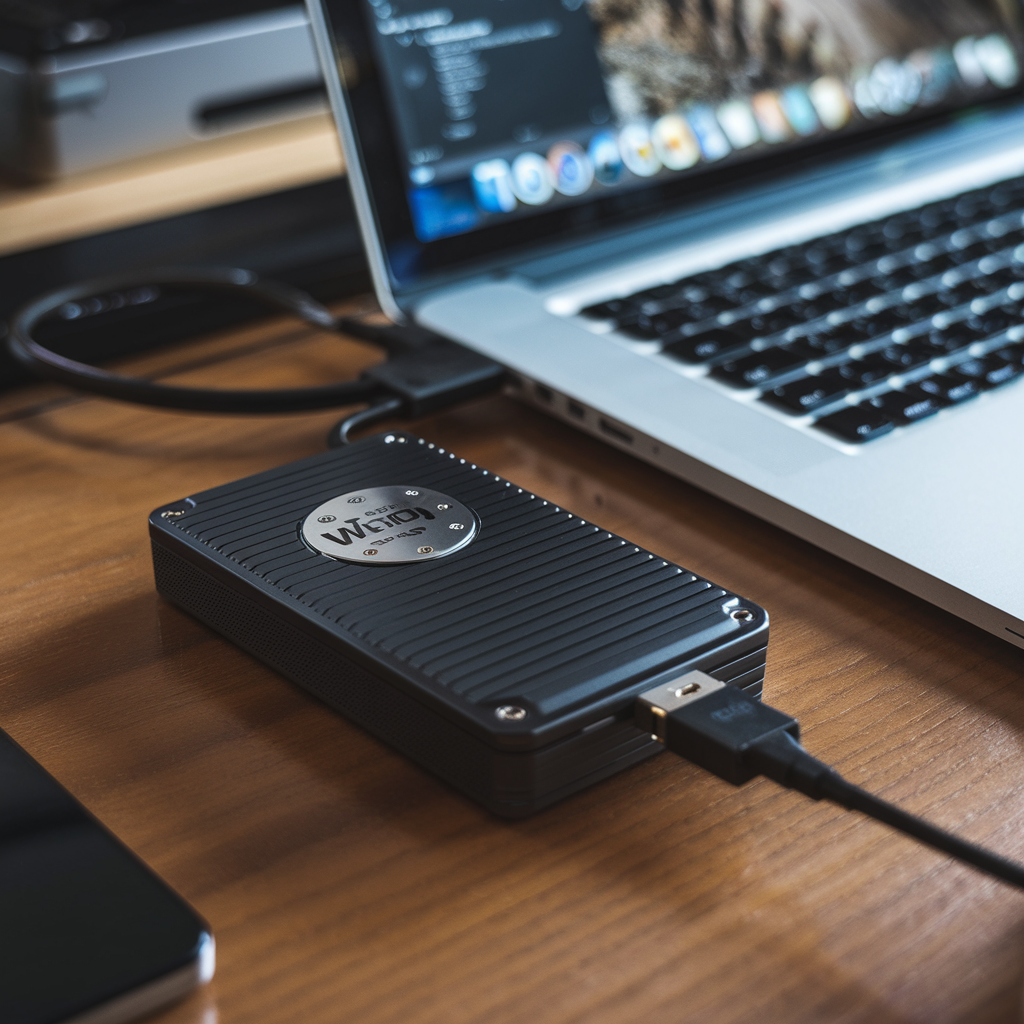
11. Photo Editing Software
-
Adobe Lightroom and Photoshop are the industry standard for editing and retouching images. Alternatively, software like Capture One offers excellent color grading tools for professional photographers.
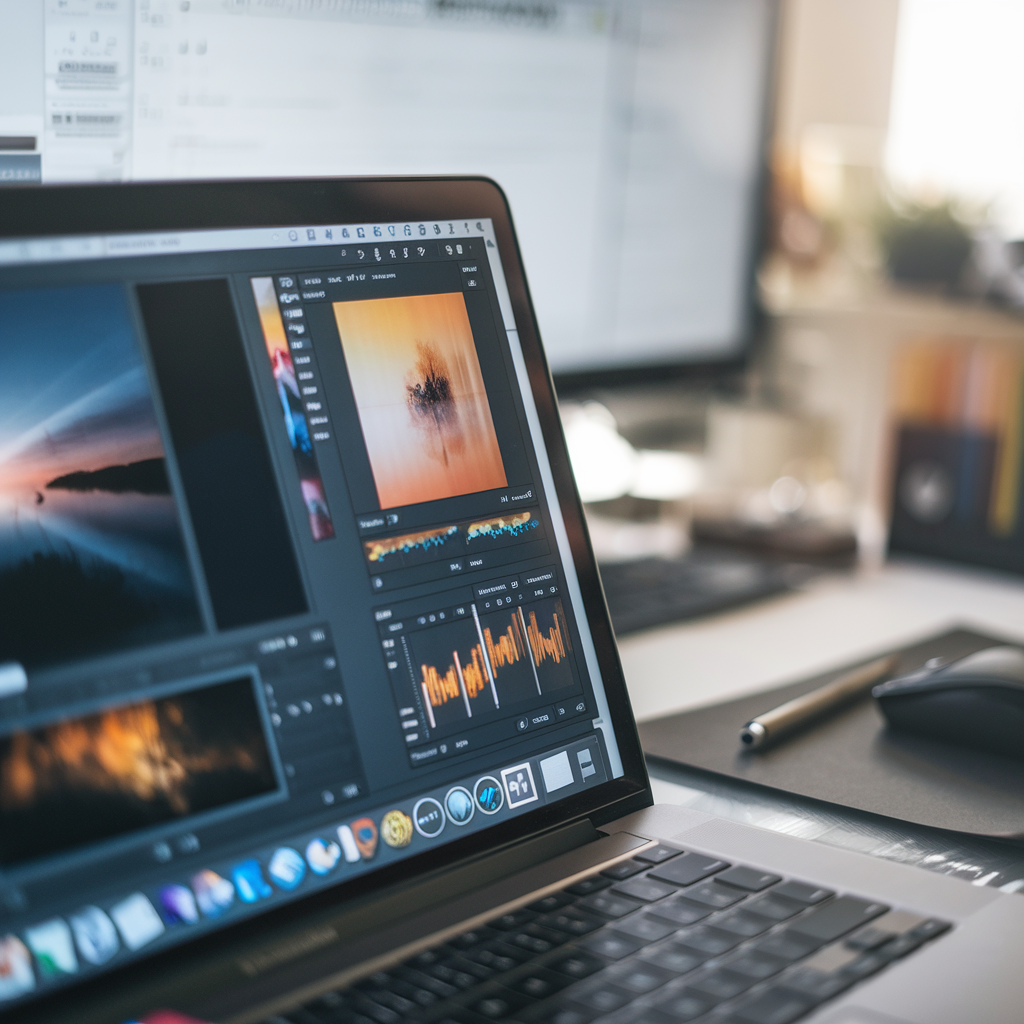
12. Polarizing Filter
-
A polarizer helps reduce reflections, enhance contrast, and saturate colors, particularly in outdoor and landscape photography. The B+W and Hoya circular polarizers are highly regarded.
13. ND Filter (Neutral Density Filter)
-
ND filters reduce the amount of light entering your lens, allowing for longer exposures in bright conditions. They’re great for landscape and portrait photographers who want to achieve motion blur or a shallow depth of field in bright light.
14. Lens Cleaning Kit
-
Dust, smudges, and fingerprints can degrade image quality. A lens cleaning kit that includes microfiber cloths, lens wipes, a blower, and a cleaning solution ensures your lenses stay spotless and ready for action.
15. Gimbal or Stabilizer
-
For videographers or photographers shooting video, a gimbal or stabilizer (like the DJI Ronin-S or the Zhiyun Crane 2) helps reduce camera shake and produce smooth footage, especially when moving with the camera.
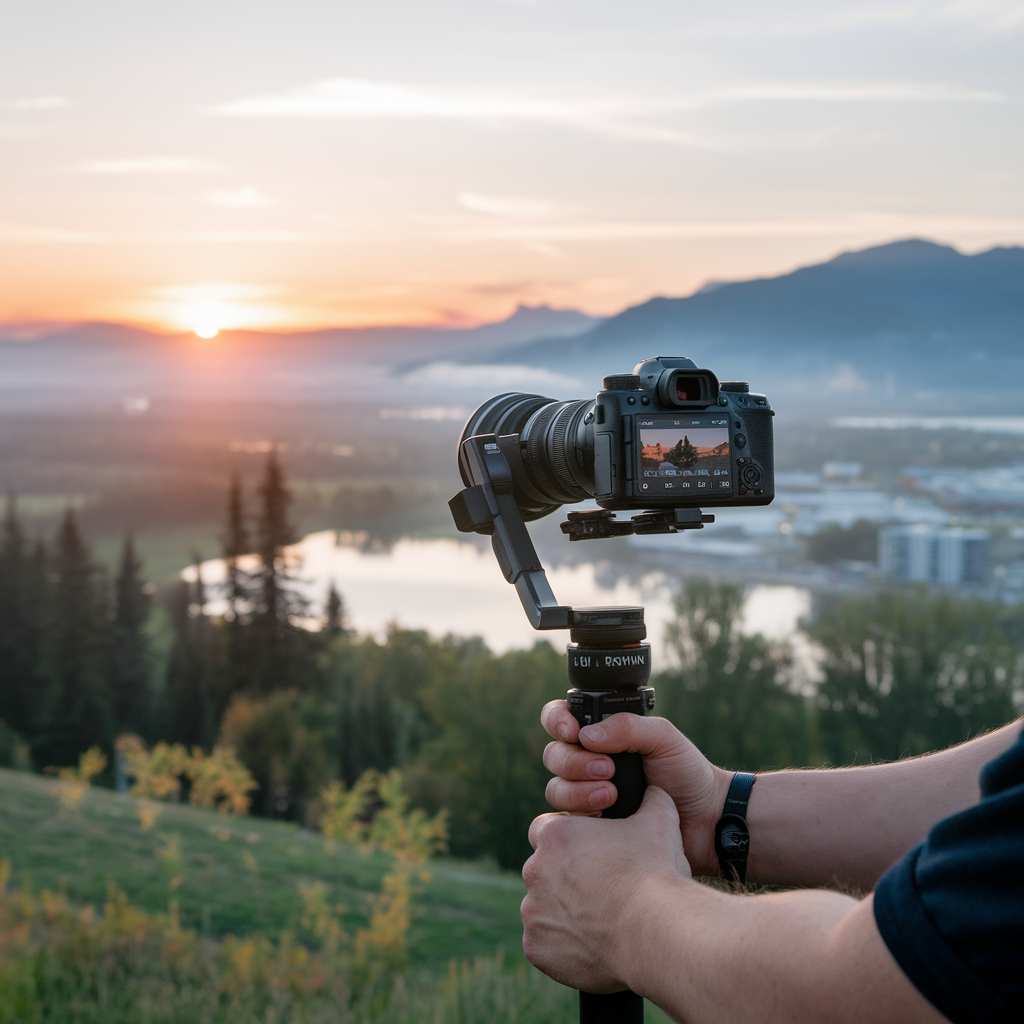
16. Backdrop and Studio Lighting
-
If you’re into portrait, product, or studio photography, having a solid backdrop and studio lighting setup is key. A white or black backdrop, combined with softboxes or ring lights, will allow for professional-quality photos in any setting.
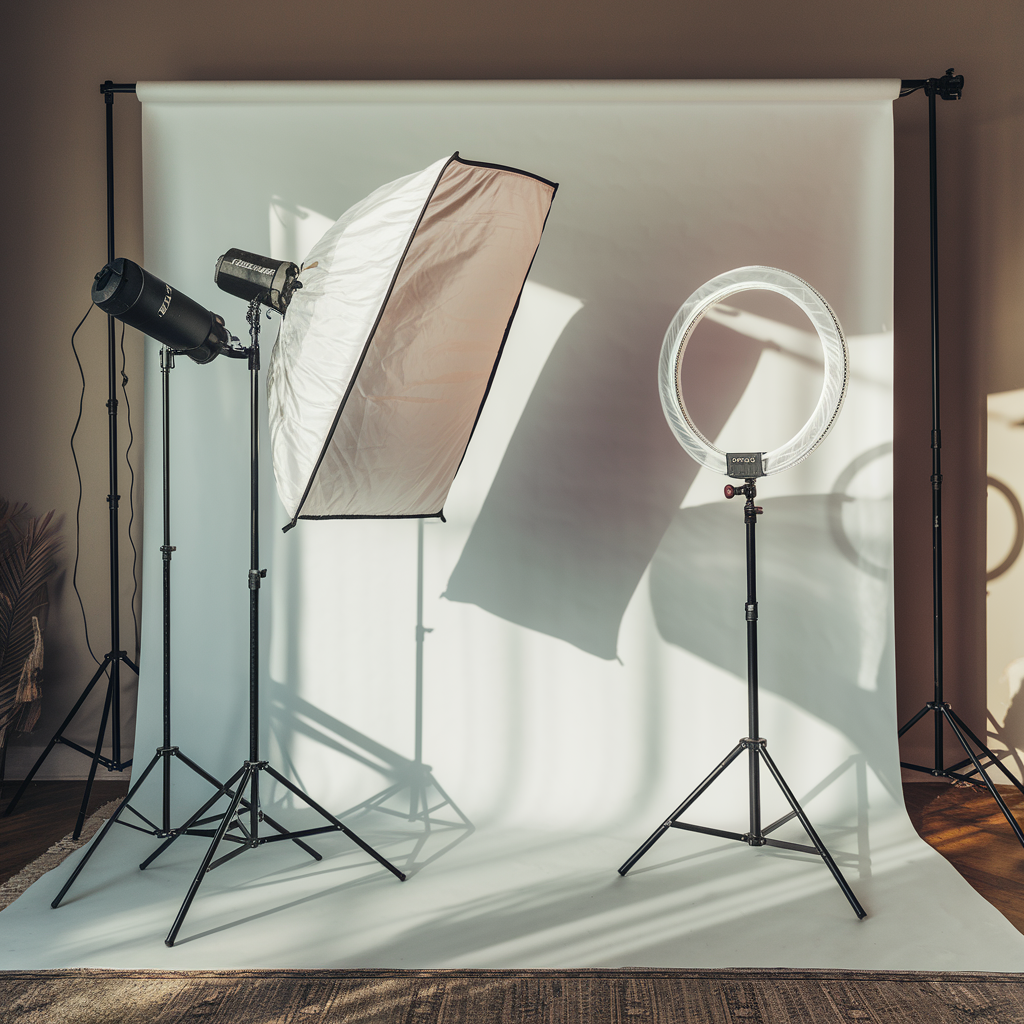
17. Light Meter
-
A handheld light meter helps you measure the light in your environment, ensuring correct exposure settings. The Sekonic L-308X-U is a popular choice for both ambient and flash light readings.
18. Drone
-
For aerial photography or capturing landscapes from unique perspectives, a drone can offer incredible shots. The DJI Mavic Air 2 or the DJI Phantom 4 Pro are excellent options for photographers looking to explore new dimensions.
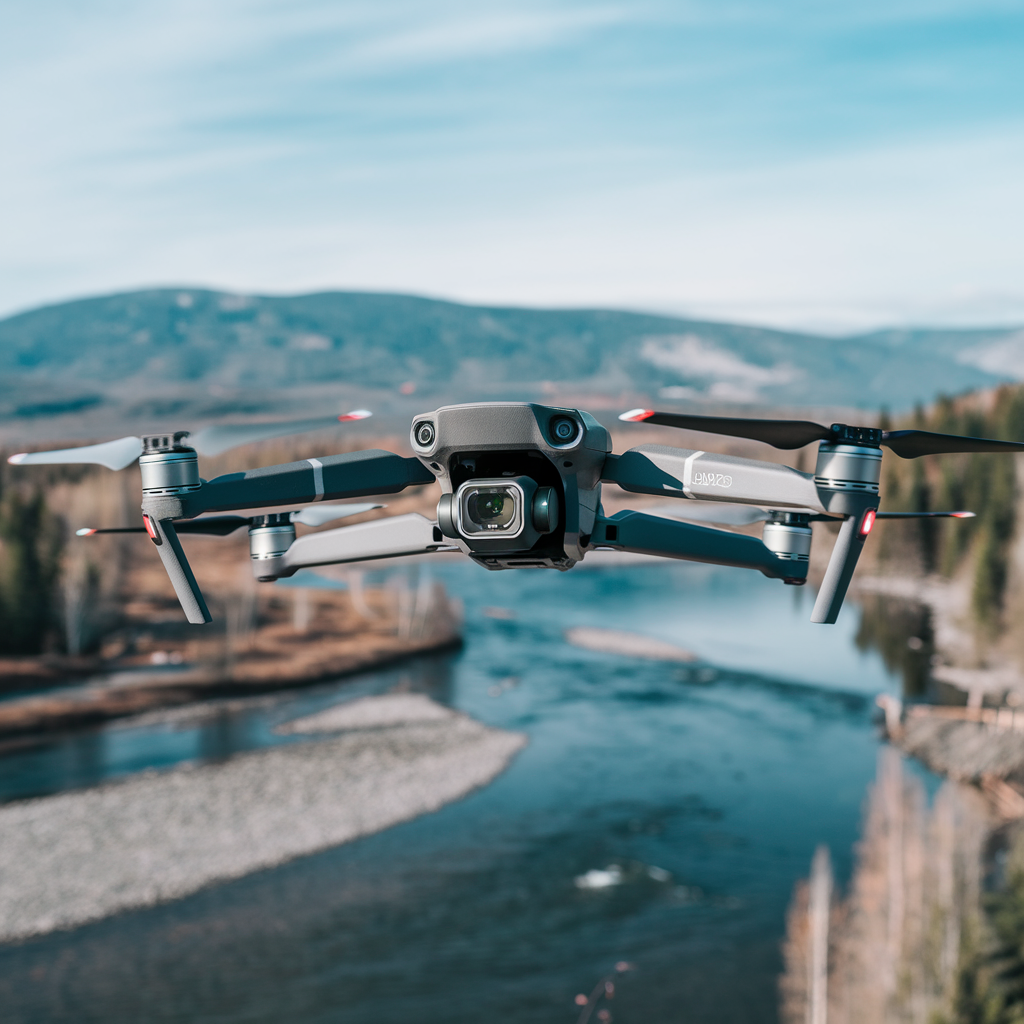
19. Color Checker Passport
-
Ensuring color accuracy in your photos is crucial, especially for professional work like product or commercial photography. The X-Rite ColorChecker Passport helps ensure consistent, accurate color across your images.
20. Portable Power Bank
-
A portable power bank is essential for long shooting sessions, especially if you’re working with high-powered equipment like flashes, drones, or mobile devices for tethering. Anker and RAVPower offer reliable, high-capacity options.
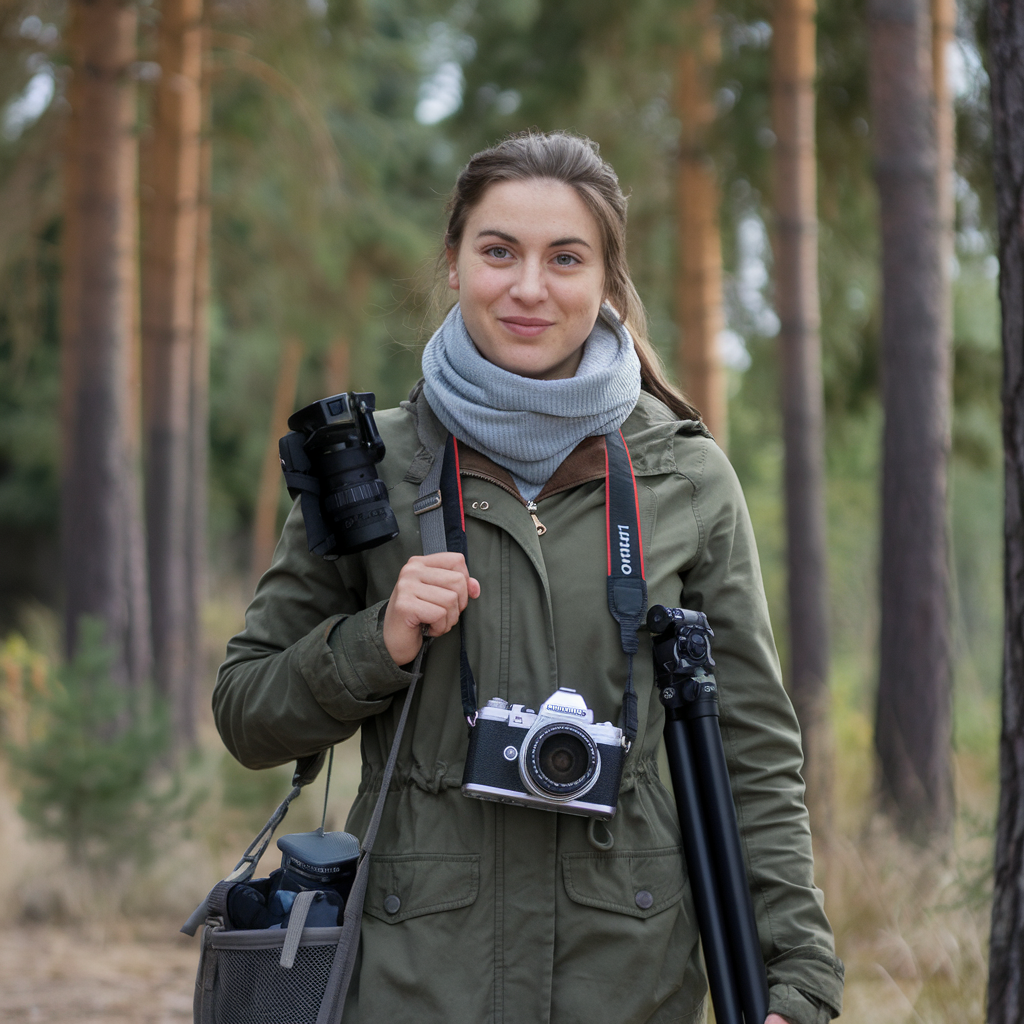
Conclusion
Having the right tools is key to taking your photography to the next level. Whether you’re shooting portraits, landscapes, events, or even video, these 20 essential tools cover all the bases. Investing in quality gear not only improves your workflow but can also enhance the quality of your work, making your photography process smoother and more enjoyable. Whether you’re capturing stills or video, the right equipment gives you the freedom to explore, create, and perfect your craft.